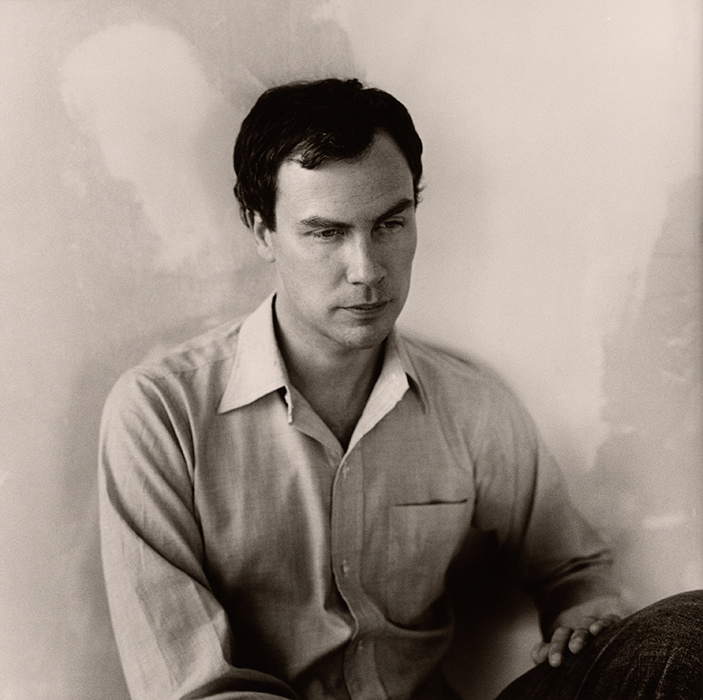[Winter 2024]
Performing After the Fact
By Didier Morelli
[Excerpt]
In the Art Institute of Chicago’s lower level, the Photography and Media galleries are a bit of a vault. The drop ceiling hangs low, and the rooms pale in comparison to the museum’s tall and light-flooded galleries above. While Georges Seurat’s emblematic A Sunday on La Grande Jatte (1884-86) draws ogling crowds two floors up, the basement is notably emptier, reserved for the strange yet charming Thorne Miniature Rooms and four galleries dedicated to the photography department. Kitty-corner to the restrooms, this part of the museum feels like a secret layer.
This queer context inadvertently lends itself to Peter Hujar: Performance and Portraiture,1 an exhibition that focuses exclusively on the performative nature of the American photographer’s iconic work from the late 1960s through the mid-1980s. For many, Hujar (1934–87) is a symbol of a generation of young gay white men who documented New York City’s East Village in the 1970s leading up to the AIDS crisis. Like some of his contemporaries – Diane Arbus (1923–71) and Robert Mapplethorpe (1946–89), for instance – Hujar captures both beauty and destruction, gender- and other identity-bending acts, lives lived to their fullest, and the utmost creativity and effervescence of New York’s avant-garde…
[ Complete issue, in print and digital version, available here: Ciel variable 125 – AGGLOMERATIONS ]
[ Complete article, in digital version, available here: Peter Hujar, Performing After the Fact – Didier Morelli ]

